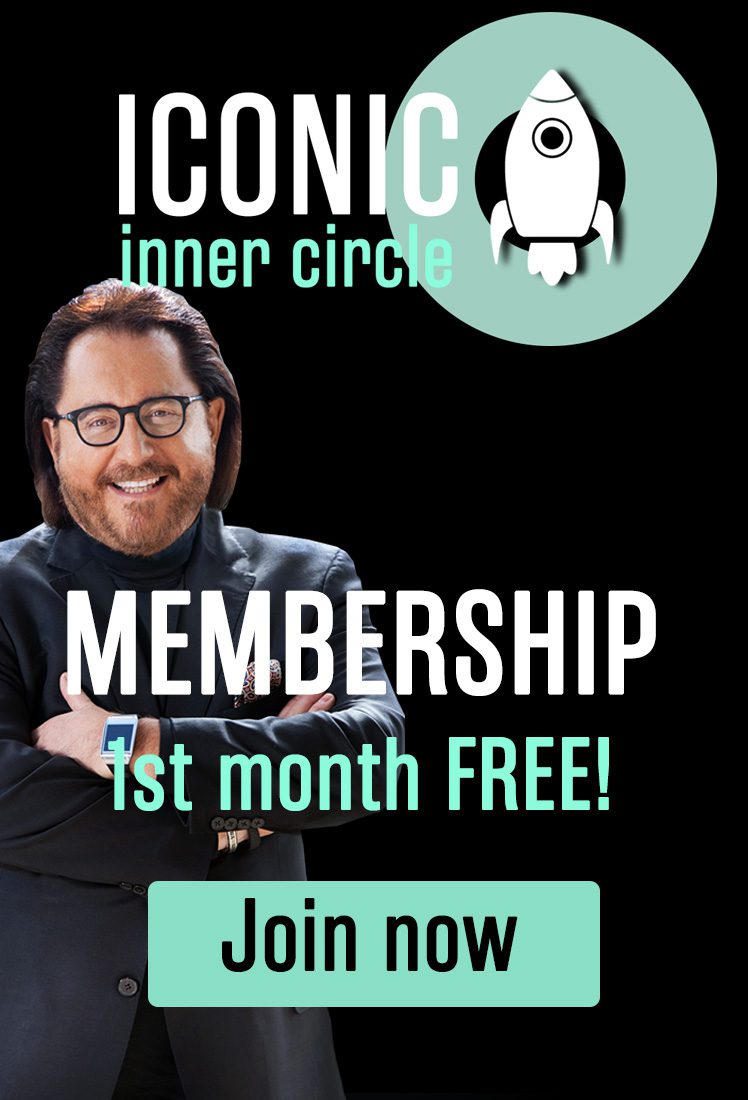- What happens when your business slows down?
- What do you do when you find yourself in a downturn?
No one enjoys this situation – and often, the result is that we start marketing obsessively, creating an appearance of desperation for business. Ironically, no prospect or previous client is attracted to a company that seems to be hurting for customers.
Instead, we need to consider a more guided and reassured approach.
Within the professional speaking segment of my career — as opposed to the consulting and education/training aspects of what we do — I’ve noticed that spring often brings a bit of a slowdown in activity. A smaller number of conferences and conventions are held when school is not in session, and families are taking vacations, so we typically get fewer calls in the spring to book speeches for meetings in the summer months. (It’s why the National Speakers Association has always scheduled their annual convention in the summer!)
And 2024 is part of the four-year cycle of both a Presidential election here in the States and the Olympic games occurring in the same year. This often means that keynote slots usually filled by professional speakers will now go to political analysts and successful athletes.
- Is there a typical time when you experience a lull in your business?
It’s tempting to view these quieter periods as detrimental. However, it’s crucial to recognize them for what they are: seasonal adjustments, part of a natural ebb and flow in the cycle of business.
Understanding the patterns of our professional landscape can transform how we perceive and react to these lulls. Instead of succumbing to frustration, we can view them as an opportunity to regroup and realign our strategies. Here are four approaches to re-motivating oneself during these slower periods:
1. Strategic Planning and Goal Setting
Use the quieter times for strategic planning and setting new goals. It’s an opportune moment to reflect on your business’s direction, evaluate past performances, and set clear, achievable objectives. This is not merely about continuation but a strategic recalibration to ensure that when the pace picks up again, you are ahead of the curve.
2. Skill Enhancement and Learning
Slow periods are ideal for personal and professional development. Whether it’s attending online workshops, reading the latest in your field, or learning a new skill that can add depth to your offerings, the investment in your growth will pay dividends when the demand picks up.
3. Strengthening Connections
Networking doesn’t only have to occur in peak business times. Reaching out to your network, checking in on colleagues, or even setting up informational interviews can foster relationships that yield future opportunities. This is also a perfect time to collaborate on new ideas with peers. Knowing you aren’t alone in this situation can provide assurance, as long as it does not become a “woe is me!” conversation. My mastermind group meets every summer – and a small group of pals and colleagues meet on Zoom every week. We help keep each other motivated and encouraged.
4. Innovative Experimentation
With more time at your disposal, experiment with new ideas that you wouldn’t during busier periods. Whether it’s a new marketing technique or a fresh topic for your speaking engagements, experimentation can lead to innovation and renewal. It was during a slower period in speaking that I created the concepts that became my bestselling book, “ICONIC.” You never know where your experimentation might lead!
Reflecting and Renewing for Enhanced Relevance
Reflecting on past successes can indeed be a double-edged sword, particularly for seasoned professionals who might worry about remaining relevant in a rapidly evolving market. Here’s how to reflect on your achievements and use them to foster continuous renewal:
- Analytical Reflection: Examine your past successes to understand the qualities that distinguished you then and consider how these can be adapted or expanded upon to meet current trends and expectations.
- Feedback Loops: Engage with peers, mentors, and trusted clients to get feedback on your current offerings. This can provide insights into how the market perceives your relevance and where there might be opportunities for innovation.
- Personal Branding: Update your personal branding to reflect both your legacy and your adaptability to current market demands. This shows that while you respect and acknowledge your past work, you are also fully engaged with your industry’s present and future.
- Continuous Learning: Embrace a mindset of continuous learning and curiosity. Being open to new ideas and approaches not only enhances your skill set but also signals to your industry that you are a dynamic and evolving leader.
Embracing Reverse Mentoring for Fresh Perspectives
Another powerful strategy I’ve employed to stay engaged and relevant during quieter times is reverse mentoring.
This involves partnering with younger professionals who not only value my experience but also challenge my thinking with their fresh, generationally unique perspectives. Here are four reasons why reverse mentoring is a critical element of staying motivated and relevant:
1. Cross-Generational Insights
Reverse mentoring allows for an exchange of ideas across generations, fostering a deeper understanding of emerging trends and consumer behaviors that are shaped by younger demographics. This can be particularly valuable for tailoring our strategies to meet the expectations of a broader audience.
2. Challenging Established Norms
Young professionals often bring a different approach to problem-solving and innovation. By engaging with reverse mentors, seasoned professionals can challenge their established norms and potentially outdated methods, ensuring that their strategies remain dynamic and adaptable to new market conditions.
3. Fostering Inclusivity
Reverse mentoring encourages a culture of inclusivity by validating the contributions of younger team members. It demonstrates a commitment to hearing diverse voices within the organization, which can inspire loyalty and a positive work environment.
4. Mutual Benefits
While reverse mentoring is designed to benefit the more experienced professional, it’s a reciprocal relationship. Young professionals gain from exposure to the seasoned insight and strategic thinking of their mentors, enriching their professional growth and understanding of the industry.
Incorporating reverse mentoring into your professional life not only bridges the gap between generations but also injects new zest into your career.
It’s a testament to the idea that learning and motivation are lifelong processes, invigorated continually by new challenges and perspectives.
Every professional will experience cycles of peak activity and slower periods. The key is to use these quieter times as strategic periods of growth and development.
By embracing these lulls as opportunities for strategic planning, learning, and innovation, you can ensure that you remain motivated and ready to meet the challenges and opportunities of your next busy season.



